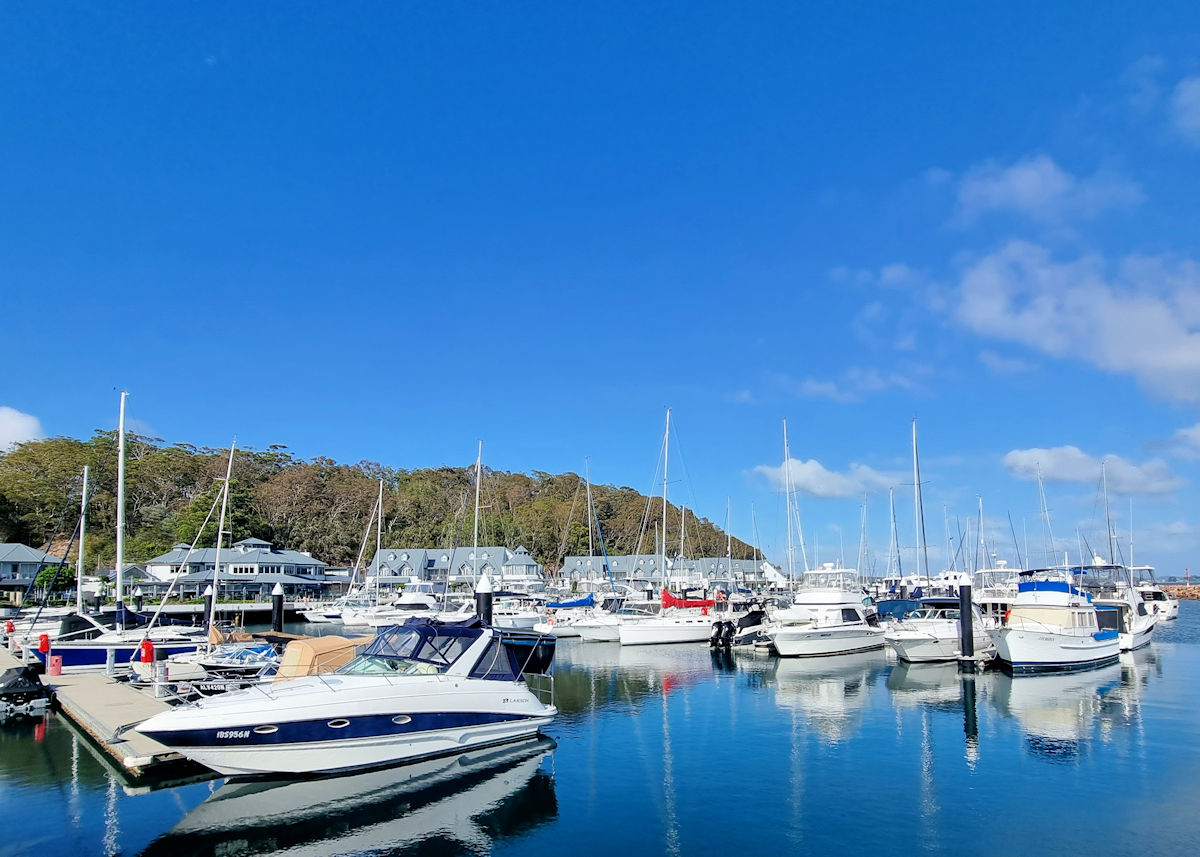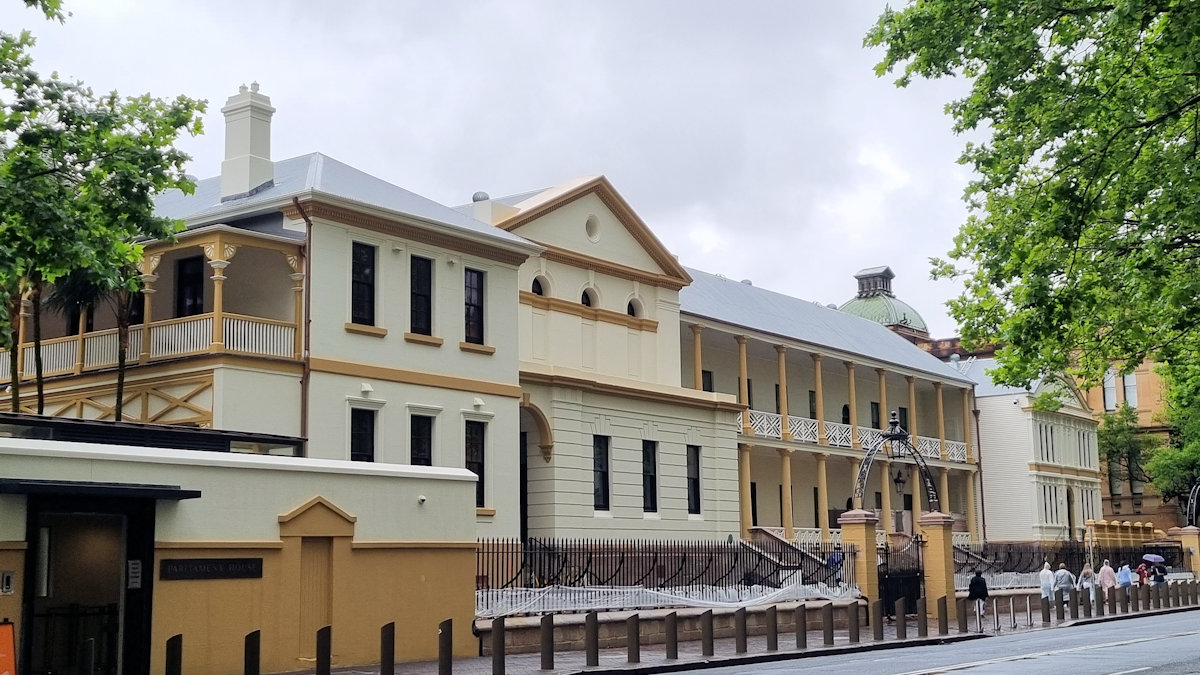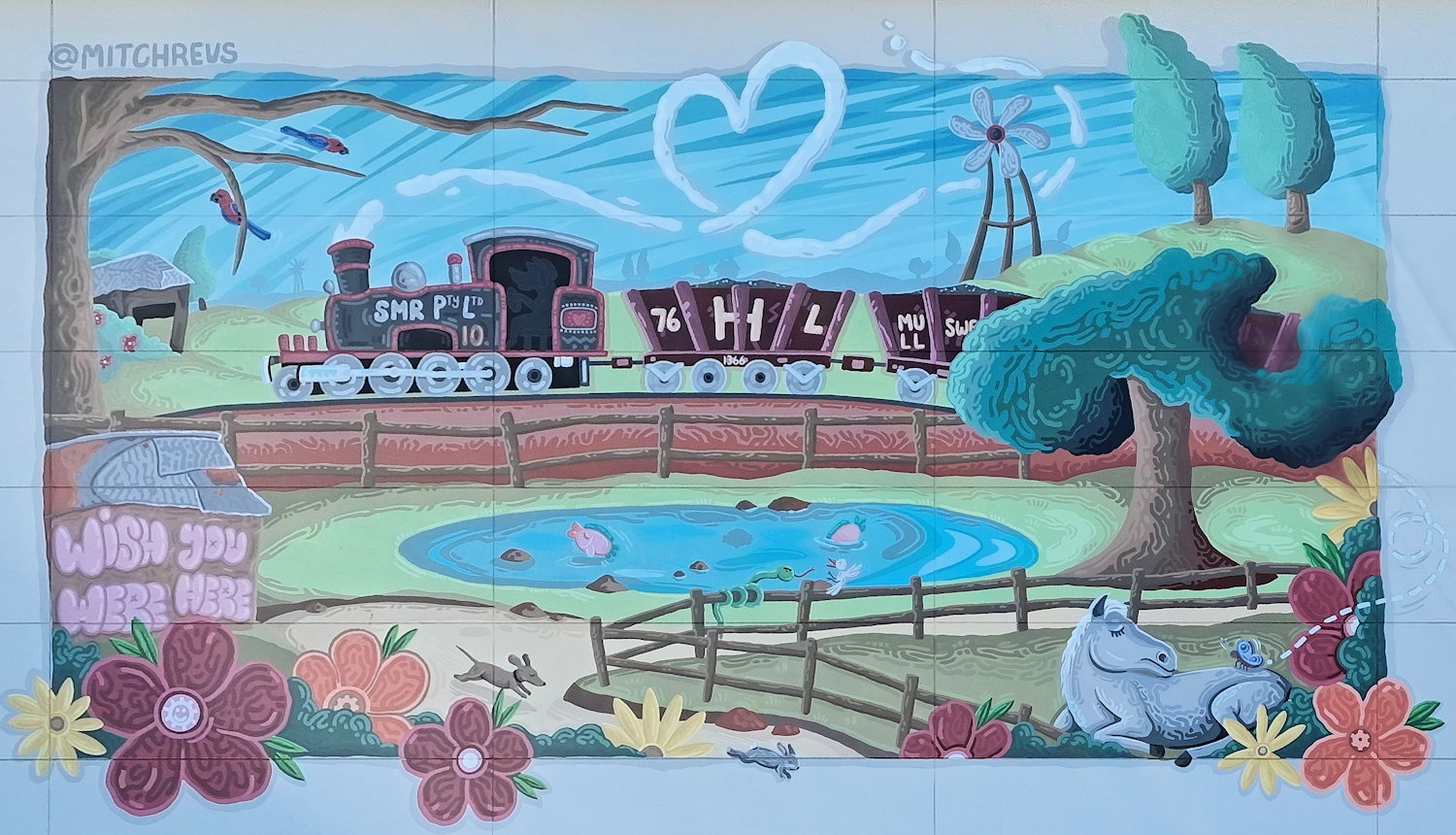Tag: Art
-
Anchorage Marina Port Stephens

Anchorage Marina Port Stephens Located at Corlette in Port Stephens NSW Australia the Anchorage Marina and its associated luxury hotel overlook the beautiful Karuah River while only being a short walk or drive to Nelson Bay. We stopped here to look at the sculptures on display and see the views over the river. Public parking… Read more
-
Parliament House New South Wales

Parliament House New South Wales Completed in 1816 Parliament House in Sydney houses the Government of the state of New South Wales Australia. Originally a hospital, the central section of the façade is a two story Georgian building. When built, no funds were available to Governor Macquarie so he arranged funding via the importation of… Read more
-
Maitland Street Art

Maitland Street Art Maitland Australia in the New South Wales Hunter Valley has been adding to its collection of street art. The Maitland City Council has been active in promoting the placement of the artworks to brighten up some otherwise dull laneways and side streets. If you arrive by train the first artwork you see… Read more